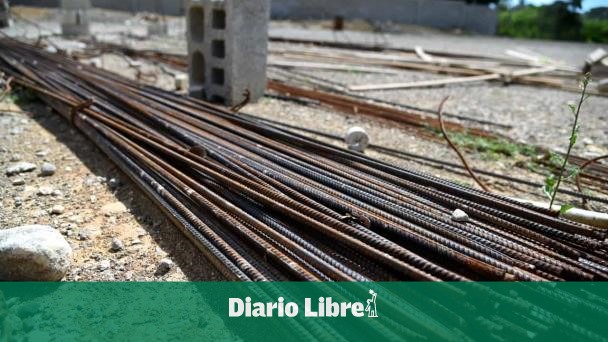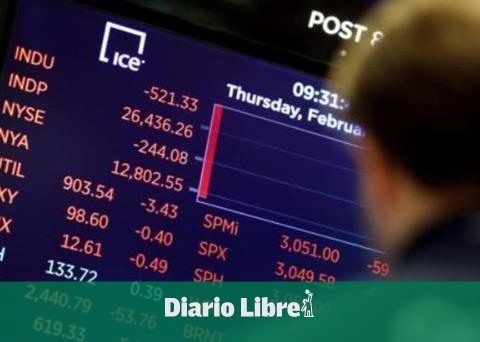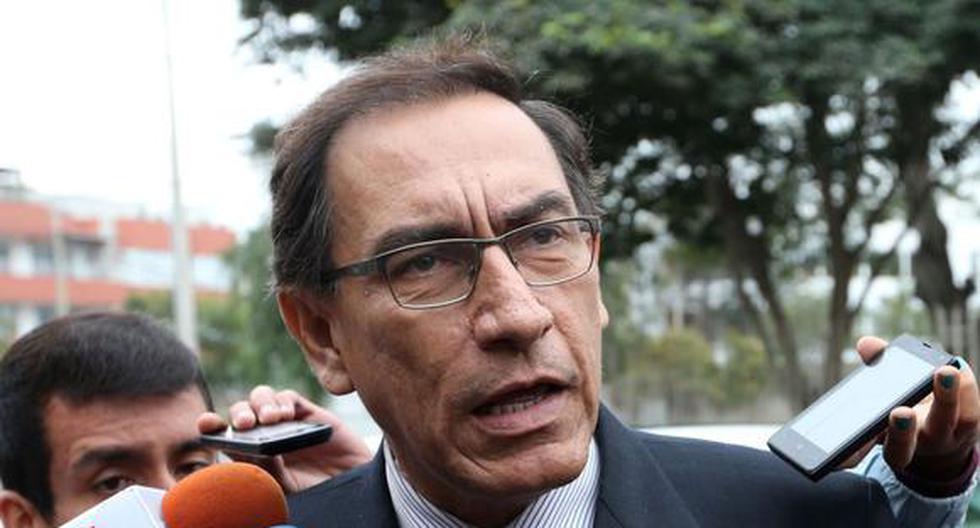The president of the Chamber of Commerce and Production of Santiago and president of the Bellón Group, Carlos Iglesias Rodríguez, revealed this Saturday a reduction in the price of the building which is around 11.72% compared to the highest price peak with what he considered “we are in the process of de-escalation of steel prices”:
He also pointed out that the prices of other Construction materials compared to June 2021. “Electric wire fell by 15%, angle iron by 33%, steel nails by 10%, iron profiles by 30%, welding by 15%, mesh pipe by 20%, PVC pipes 10%, zinc 10%, beam 10%, expanded metal 15%, among others”.
Likewise, the president of the Cibao Home Builders and Promoters Association (Aprocovici), Alejandro Fondeur, said that steel is one of the most relevant inputs in the building. “Outside, the drop in raw materials and freight rates is perceived. This could be a favorable change in trend, as long as it is reflected in the market.”
The statements come at a time when the Central Bank considers that there is a downward trend in inflation.
The Central Bank reported that the accumulated inflation for January-August 2022 was 5.70%.
The institution indicated that the downward trend in inflation “reflects the effectiveness of the monetary policy measures adopted by the Central Bank and the subsidies implemented by the Government for fuel and electricity rates, as well as the initiatives to lower production costs in agriculture.
The body’s monthly report states that, with the recent decision of the Central Bank to increase the monetary policy rate by 25 basis points, taking it to 8.00% per year, an increase of 500 basis points has already accumulated from November 2021 to date, “helping to reduce inflationary pressures”.
The Central Bank also pointed out that “the positive evolution of foreign exchange-generating activities has favored the relative stability of the exchange rate, with an accumulated appreciation of the Dominican peso of 8.2% as of August and 7.4% in year-on-year terms, which contributes to partially offsetting the impact of the imported component on prices”.
In the report, he explained that the underlying inflation of last August registered a monthly variation of 0.53%, reaching the interannual rate of 7.12%, similar to those observed in the months of June and July. This indicator isolates the behavior of certain foods with great variability in their prices, as well as fuels, services with regulated prices such as electricity tariffs, transportation, and alcoholic beverages and tobacco, allowing clearer signals to be extracted for conducting policy. monetary.


















